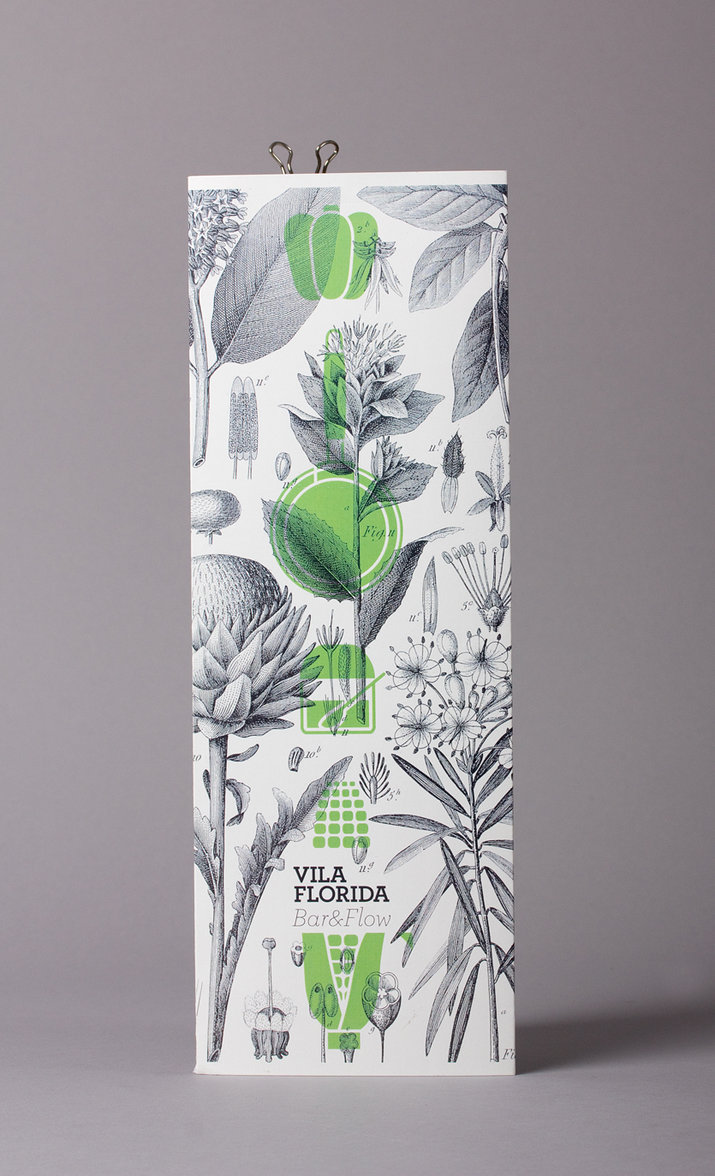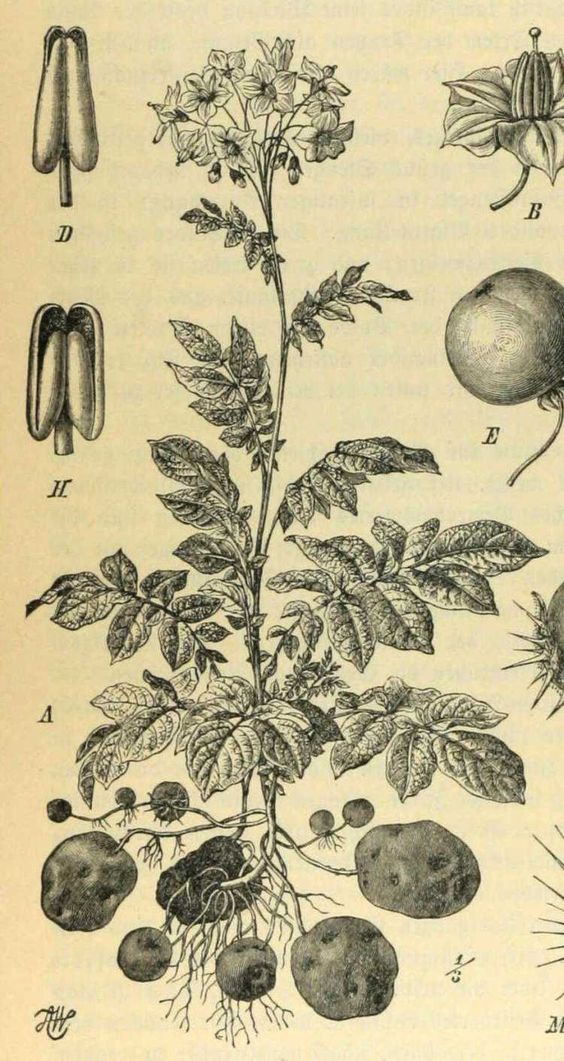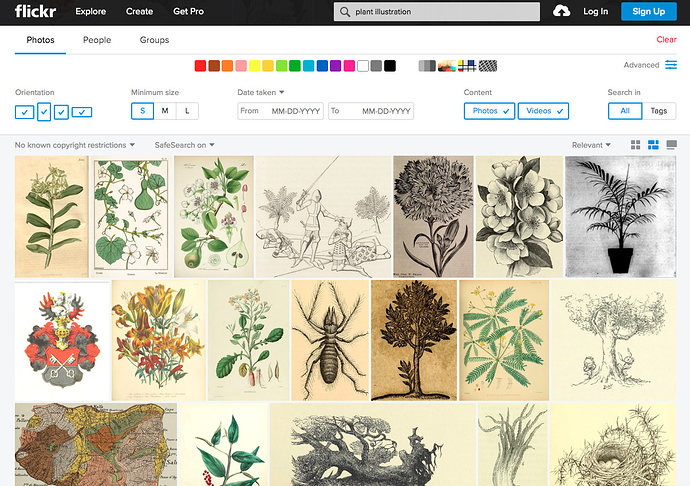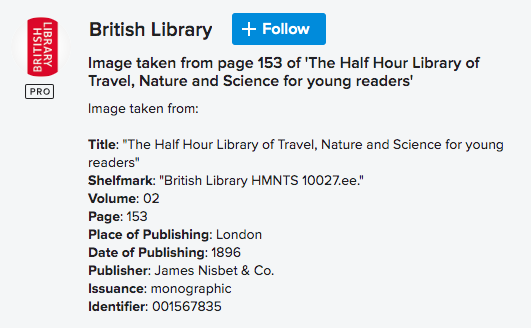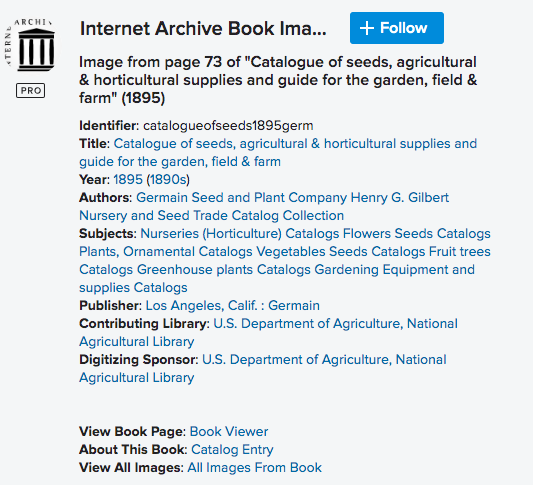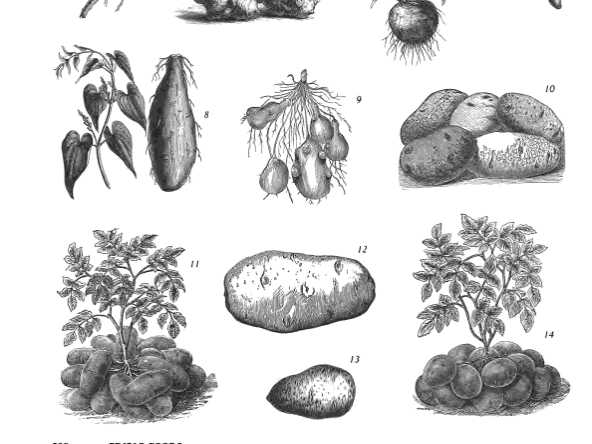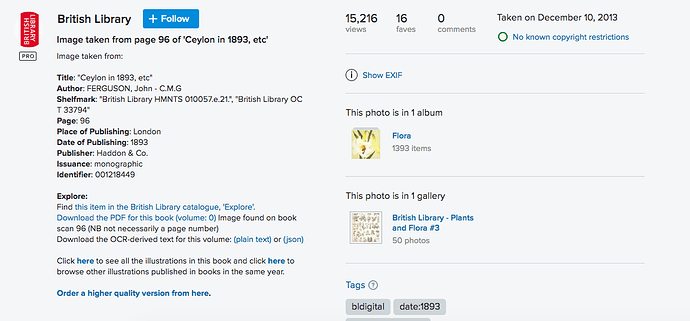Based only on the research I’ve done (I’m no attorney either), I doubt the courts would uphold that reasoning. For that matter, if an effort was made to restore the reproduction to a more accurate depiction of the original, it could even be argued that the cleaned up version was less copyrightable than the less-than-perfect scan.
Yes, extra work went into cleaning it up, but that effort isn’t copyrightable. Copyrightability (is that a word?) depends on meeting several criteria — two of them being originality and expression. Cleaning up a scan to more closely resemble the original would seem not to meet either of these criteria — especially originality. Here’s a quote from the US copyright office:
As you said, though, the whole greyish thing is arguable enough be fought in court. And most designers, whether they’re in the right or not, should probably take precautions to not find themselves involved in a court cost. My experience with court is that everybody loses whether or not one wins the case or not.
Personally, I’m always frustrated by copyright laws. They’re way out of date in this digital age and with the grey areas seeming larger than those things that are black and white.
Even the black and white areas are sometimes bassackwards. For example, one of my side projects is designing typefaces and building commercial fonts. Typeface design, according to the U.S. Copyright Office, cannot be copyrighted since a typeface design is merely (my words) a tweaking of letters, numerals, punctuation marks, etc. According to them, a typeface design does not meet the criterion of originality because of this. An A is an A and a B is a B. The alphabet has no owner and, according to them, the reworking of these letters — despite the hundreds or thousands of hours that go into designing and building a good, solid full-featured font, does not constitute original artwork. Here’s a very long thread about it on TypeDrawers, if anyone’s interested.
For a while type designers, like myself, were getting around this idiocy by copyrighting the underlying code making up a digital typeface. Recently, the copyright office has decided to deny copyright registrations based on this reasoning by using logic that says type designers do not directly write the font software code by hand but depend, instead, on other programs to write that code for them. Most European countries, however, do recognize copyright protection for type designs. In other words, although it hasn’t been directly tested in court yet, this ruling from the copyright office now seems to make it perfectly legal to pirate fonts in the United States since they no longer have copyright protection.
Sorry, I got way off-topic on this one. 

